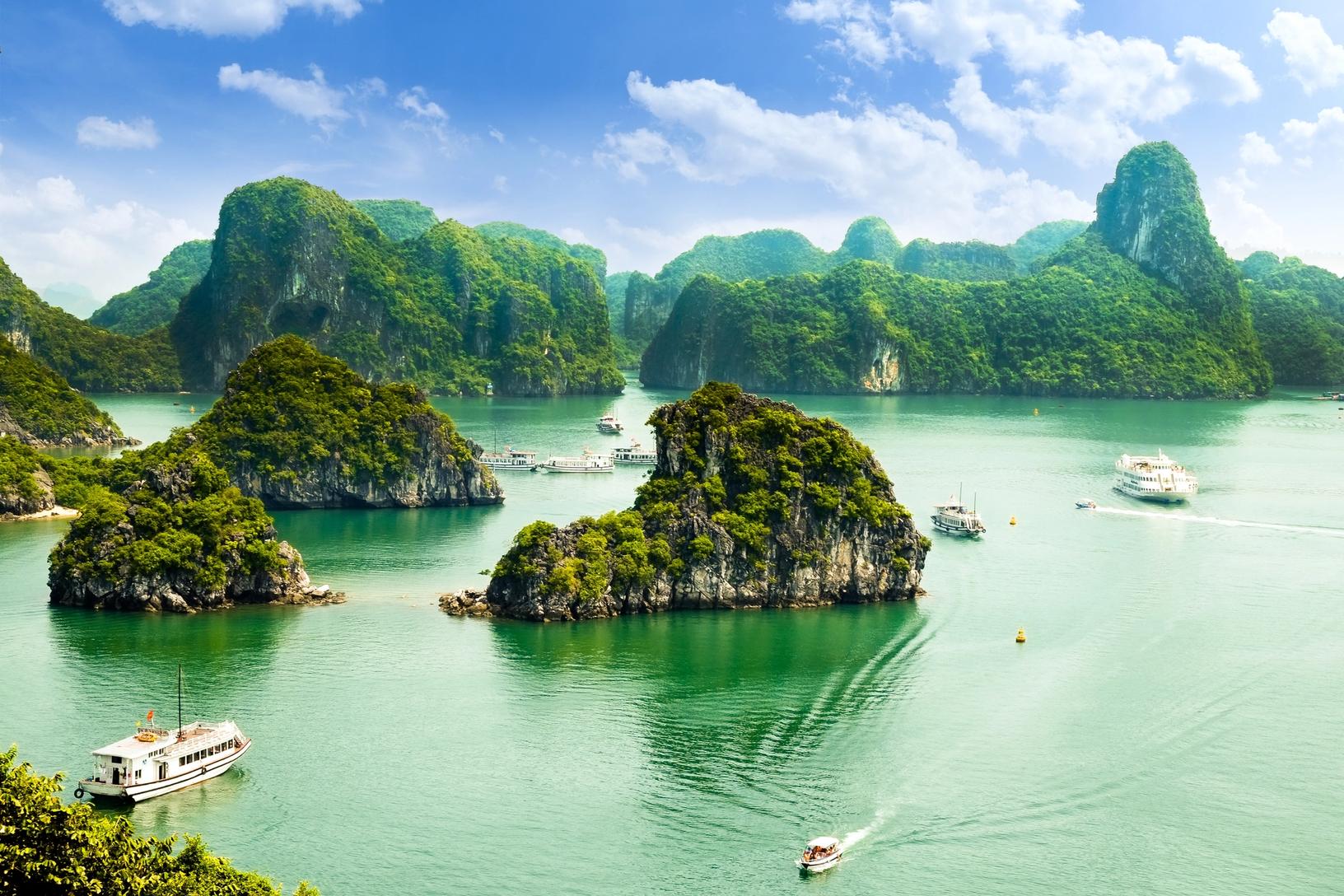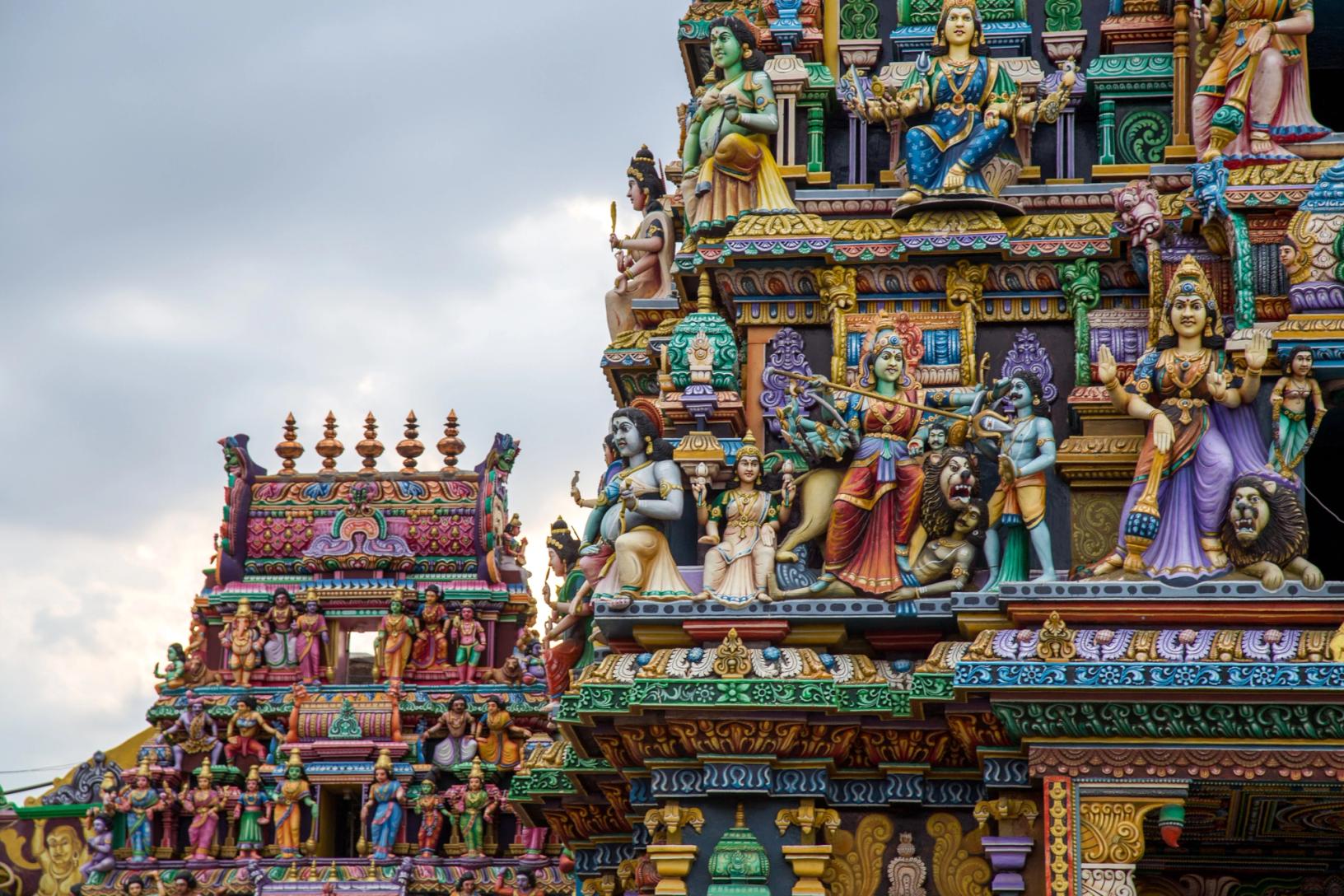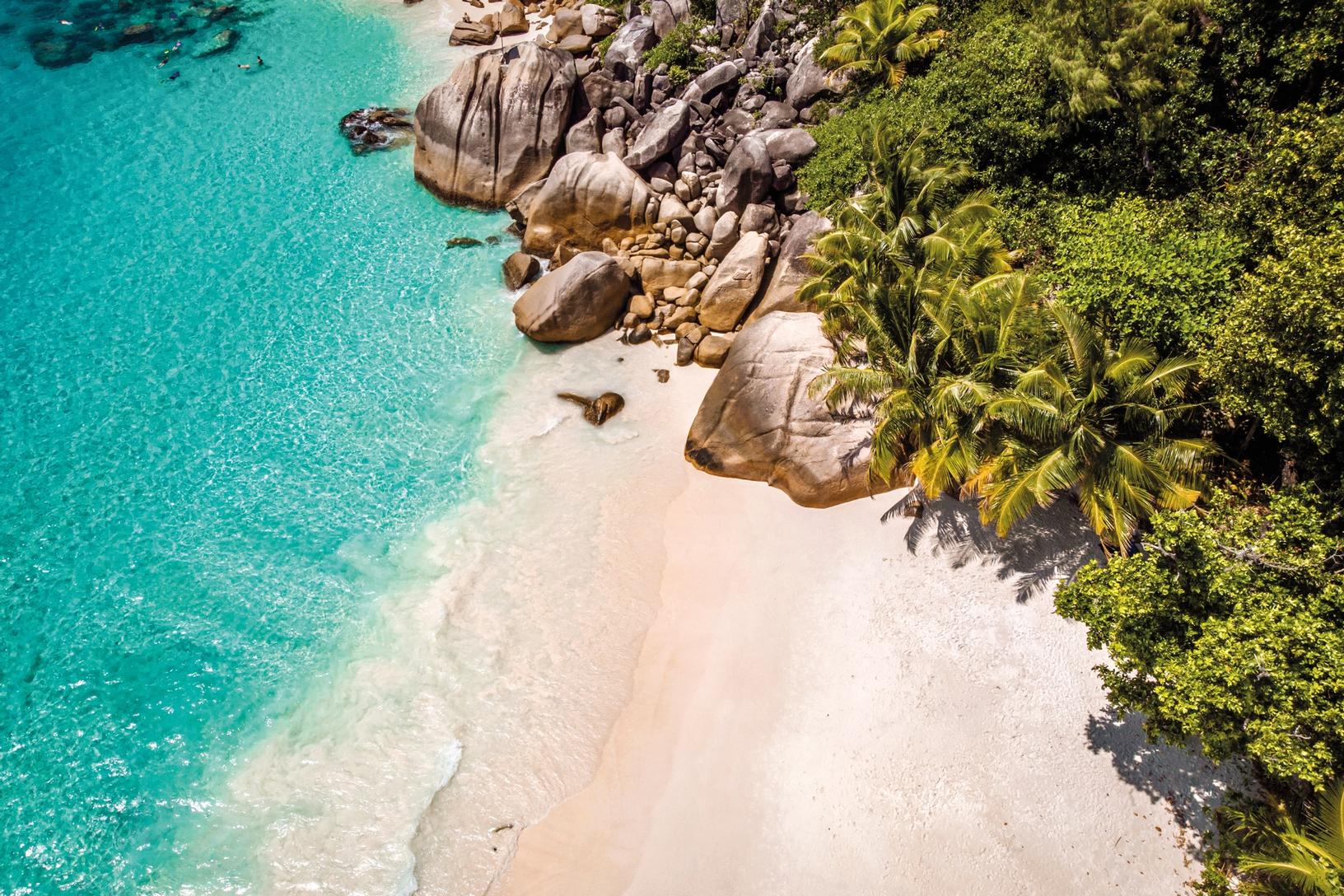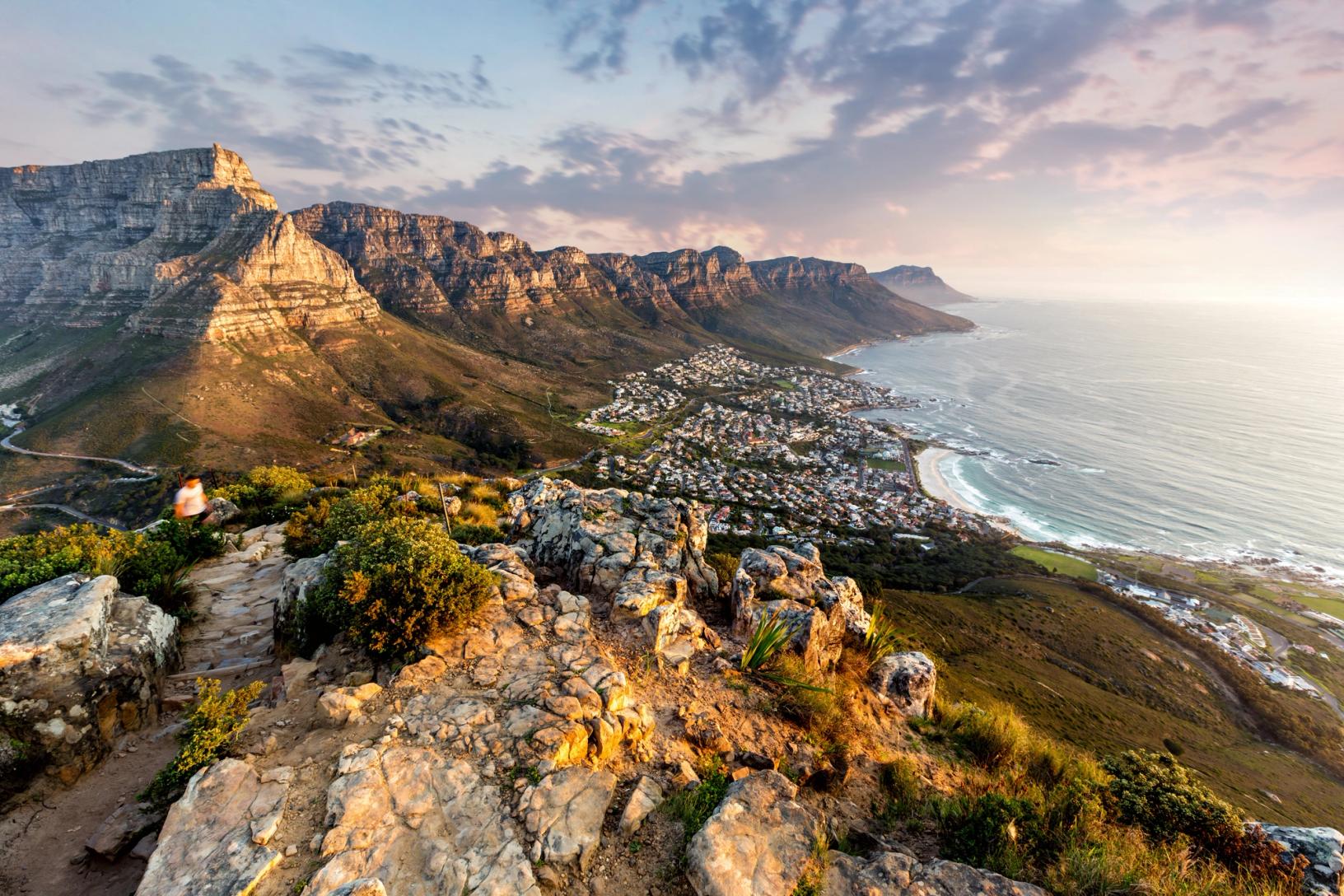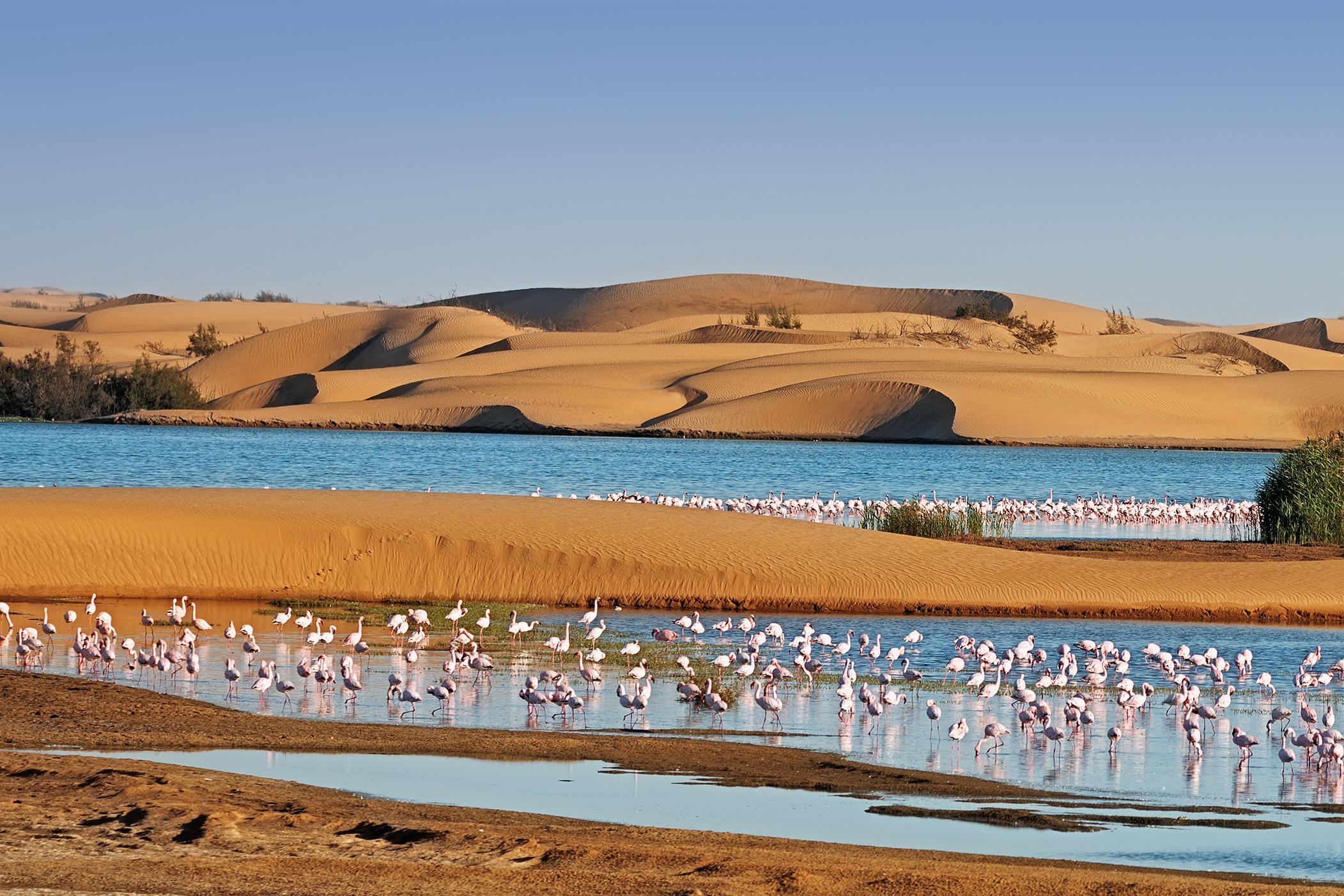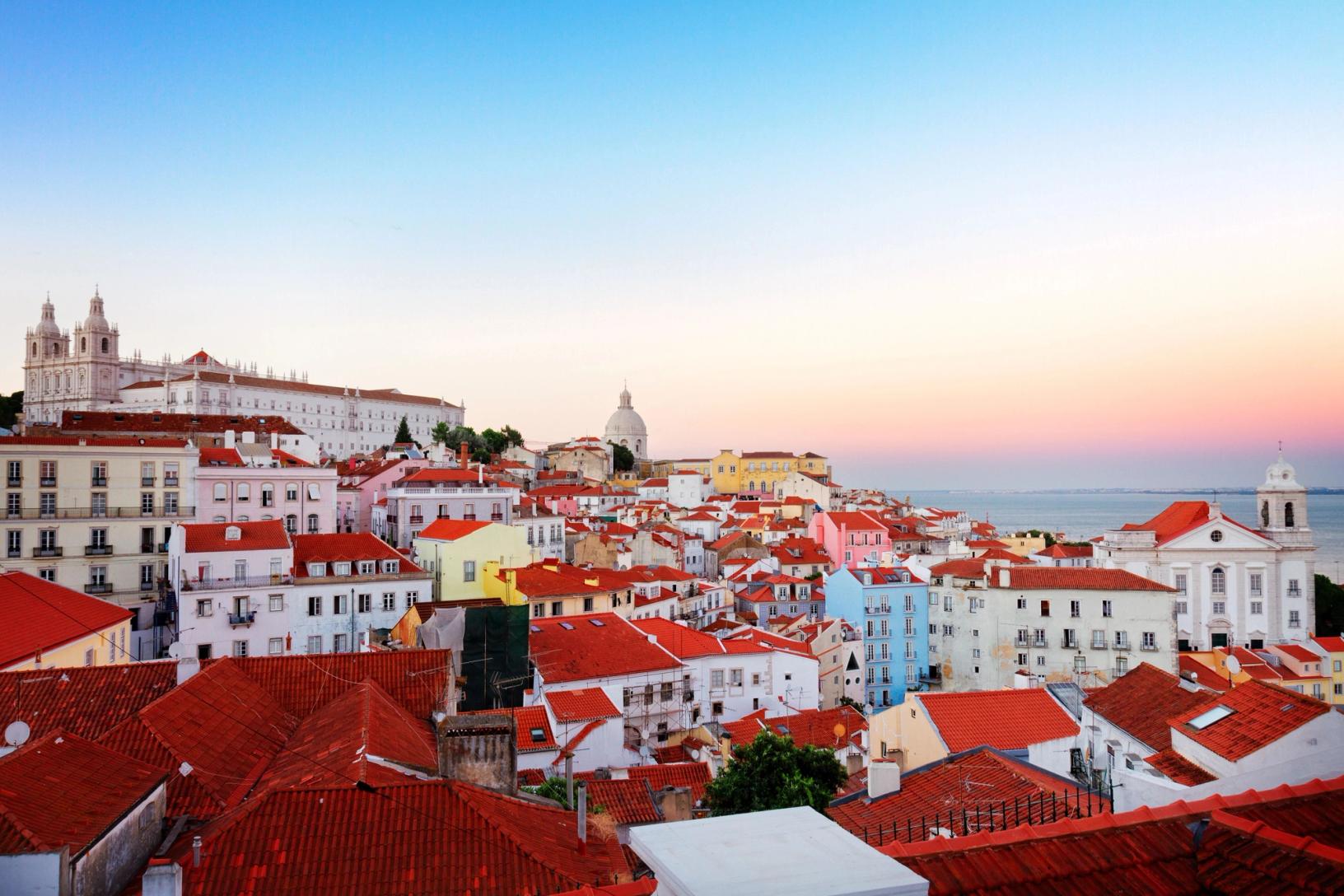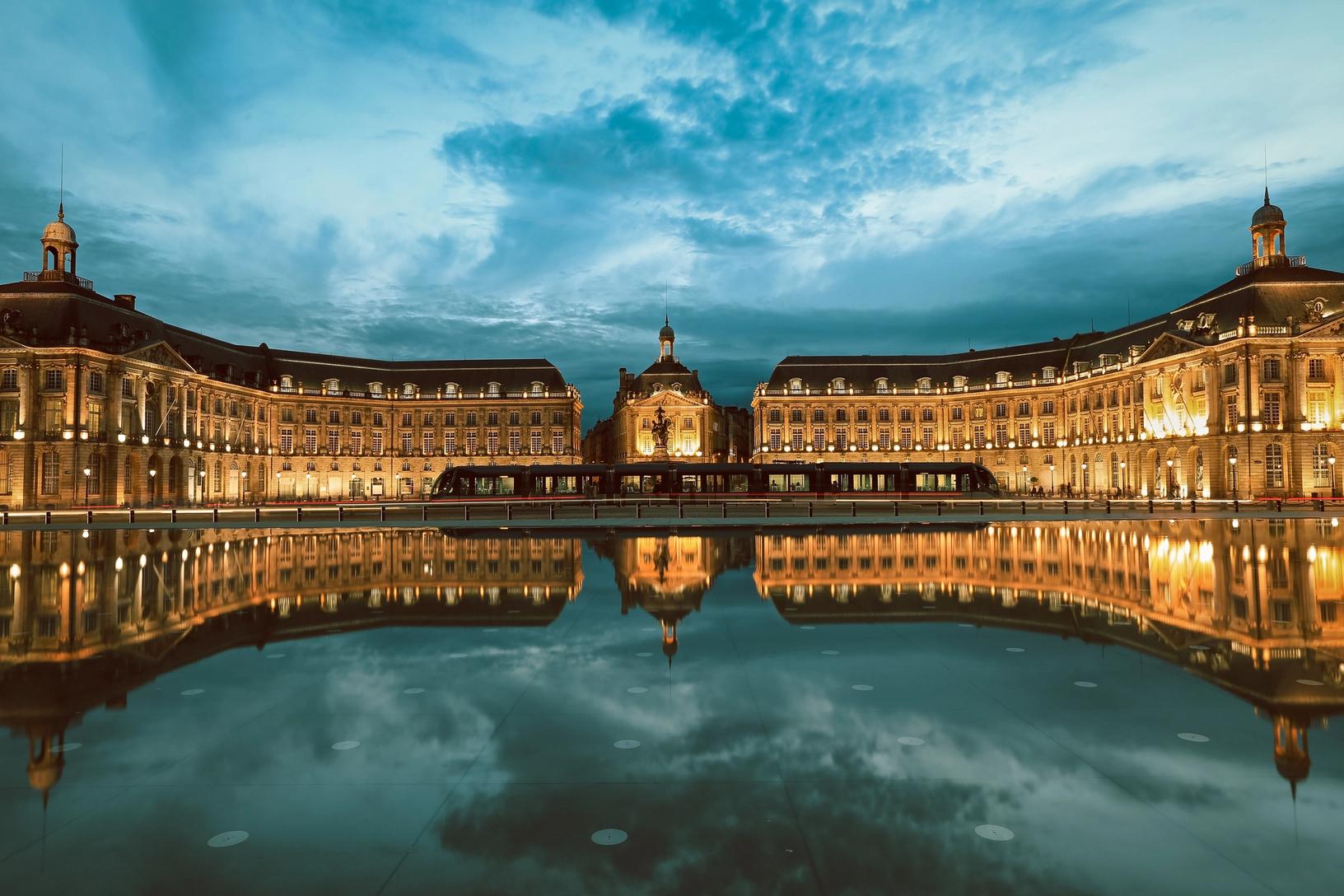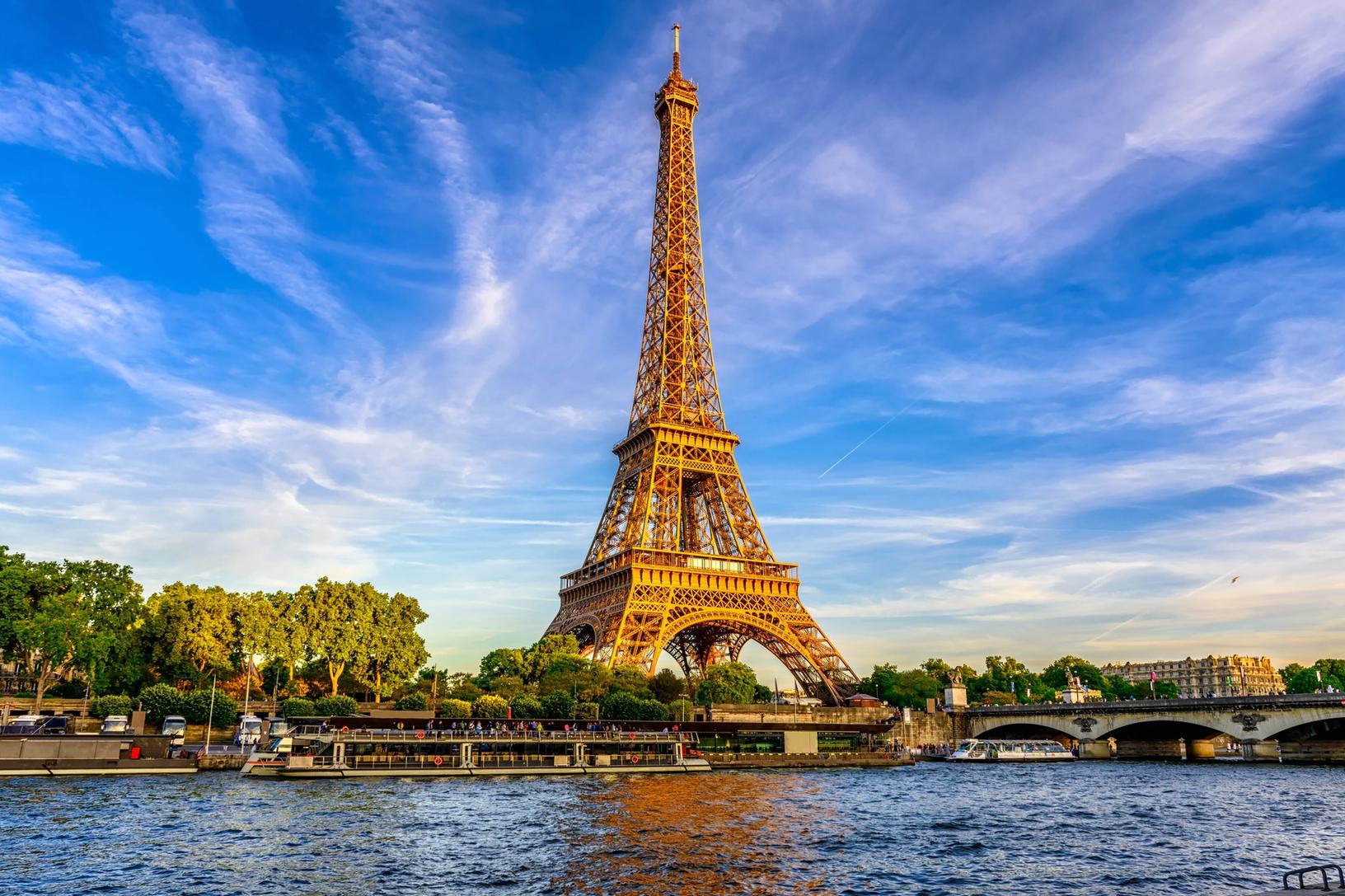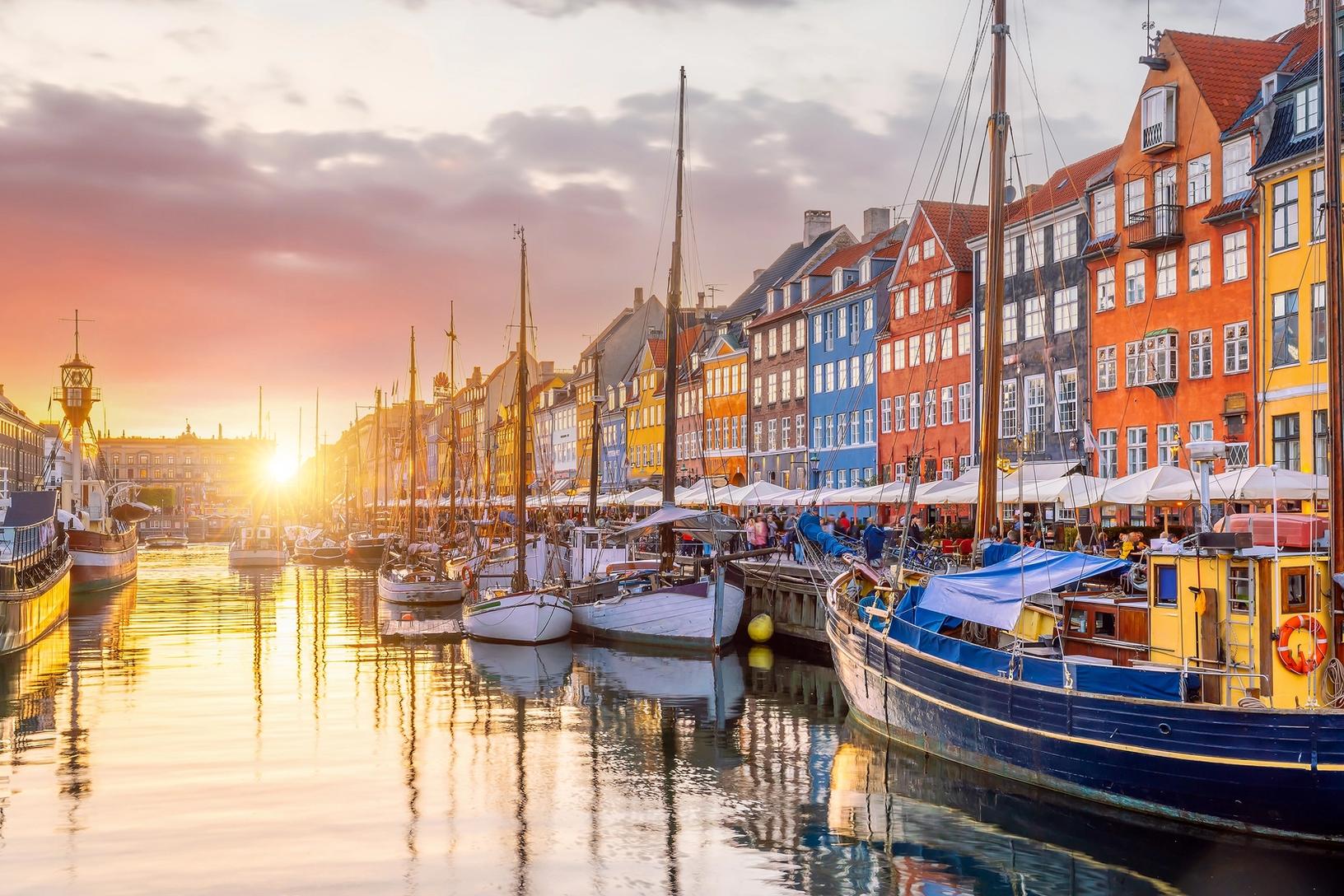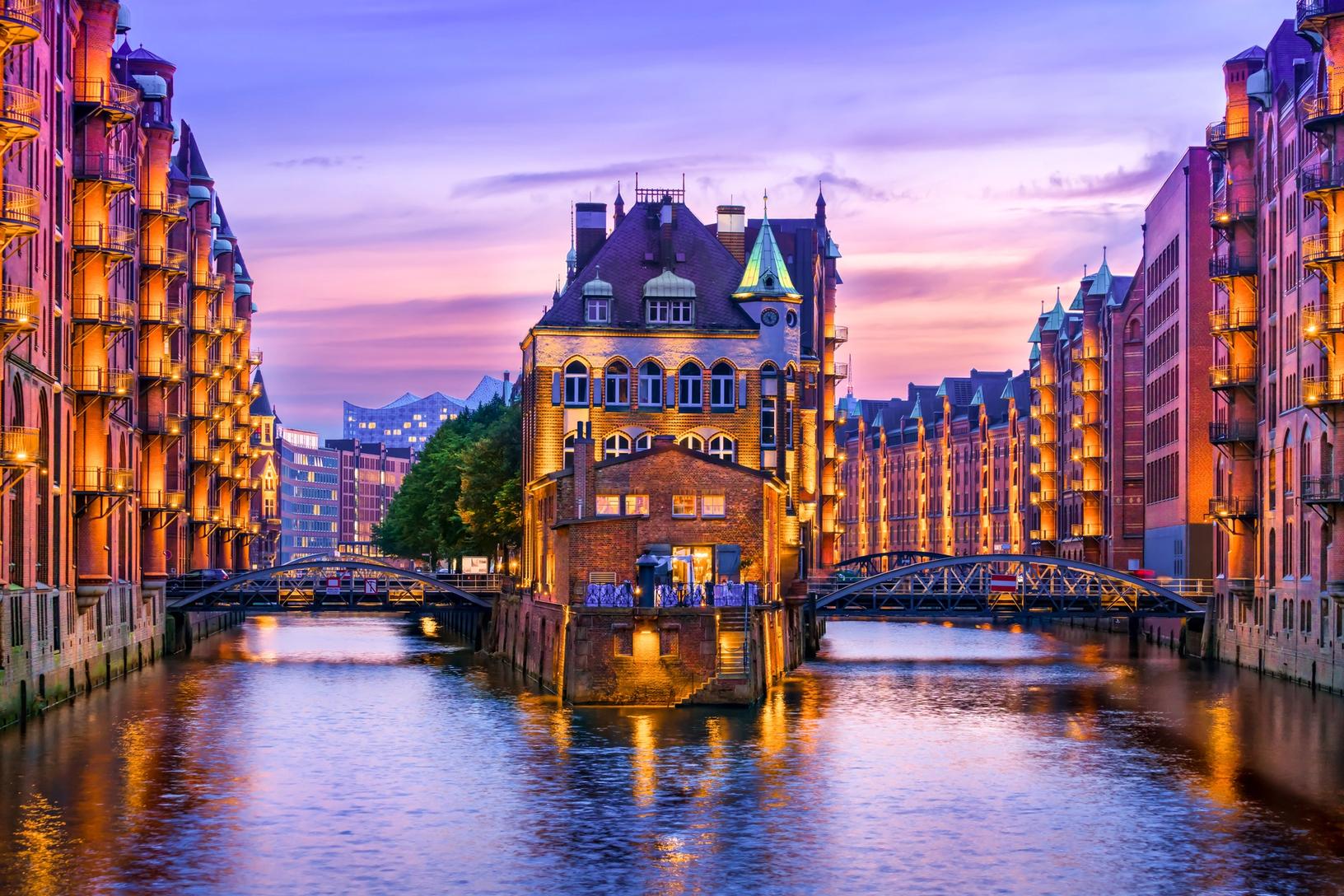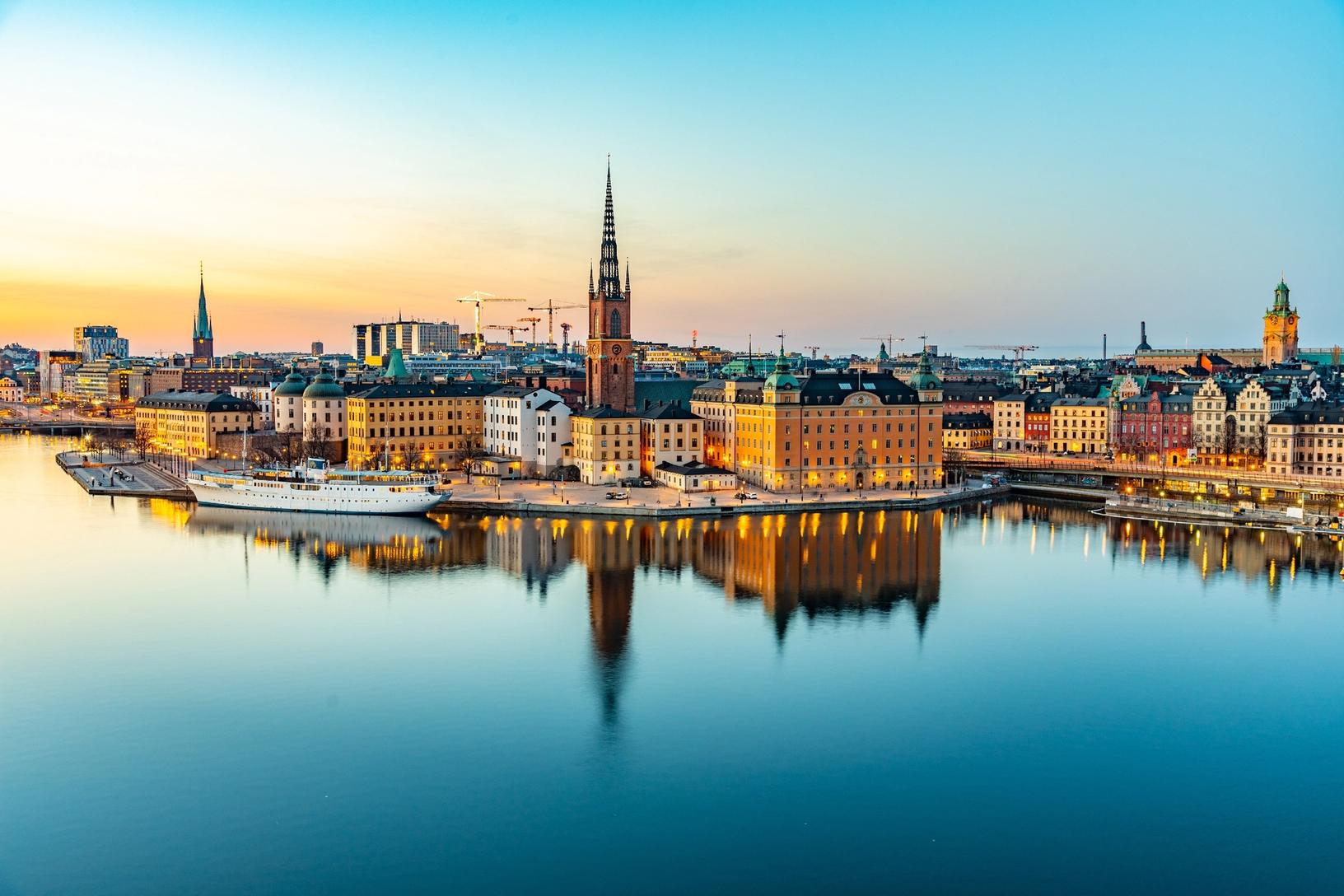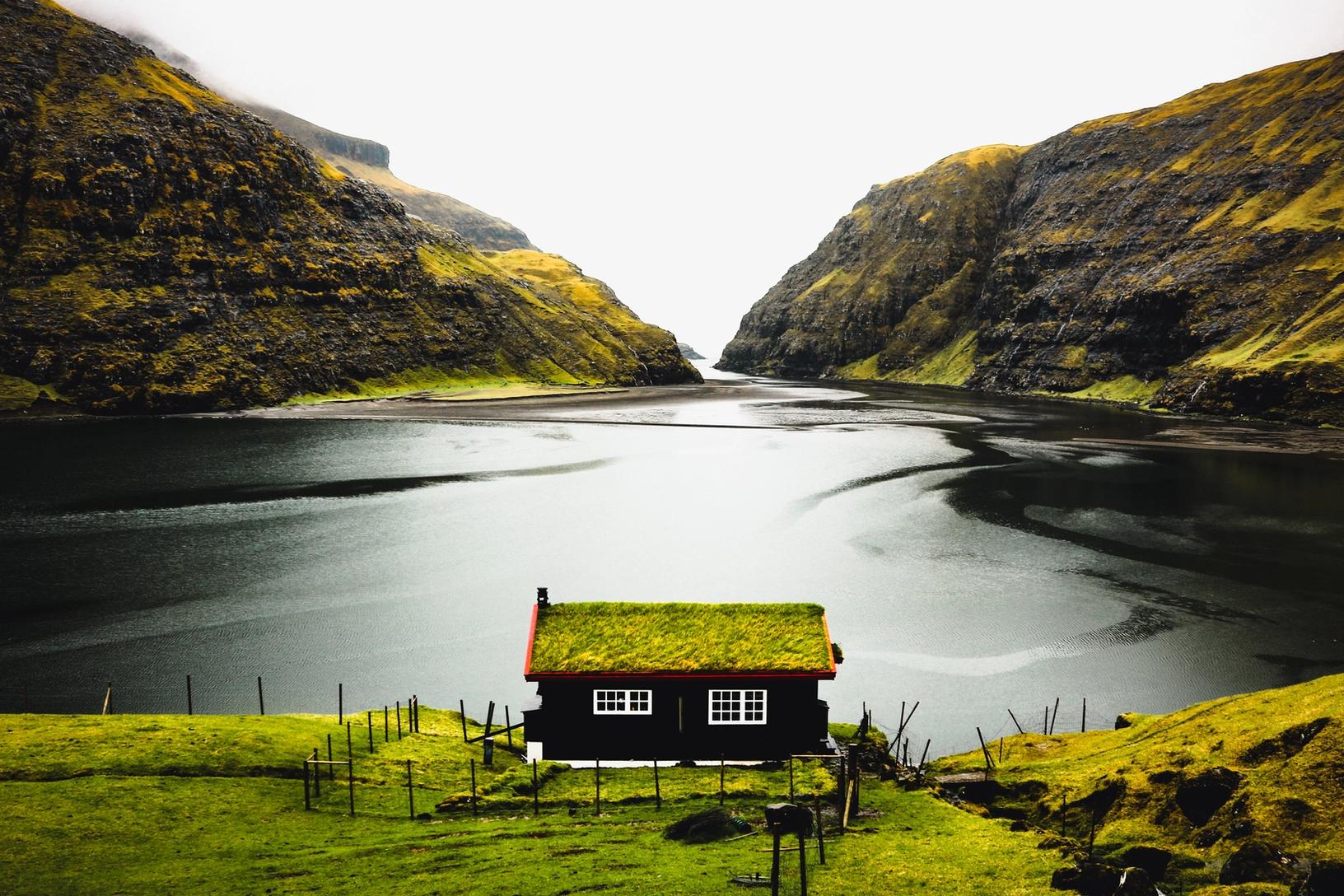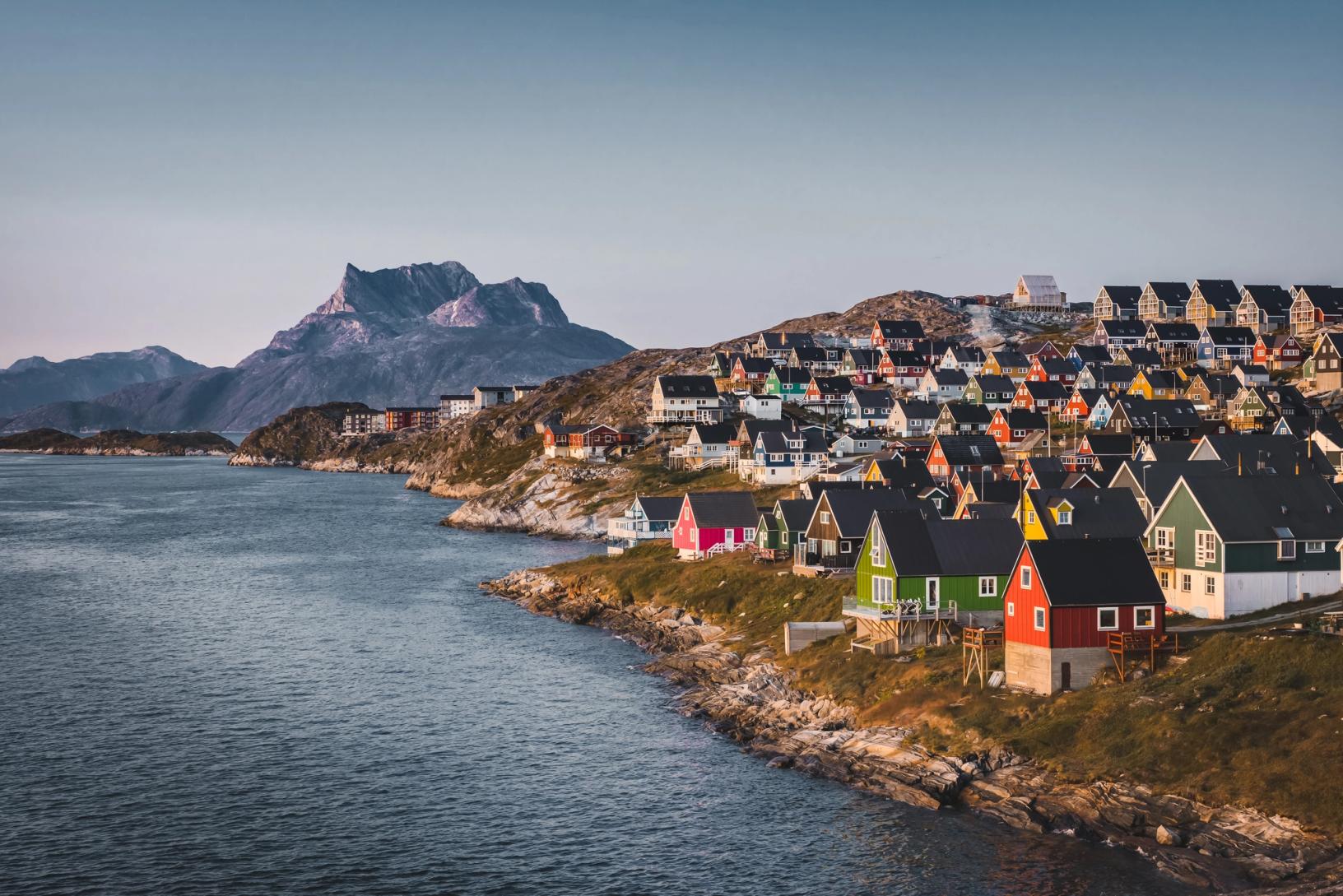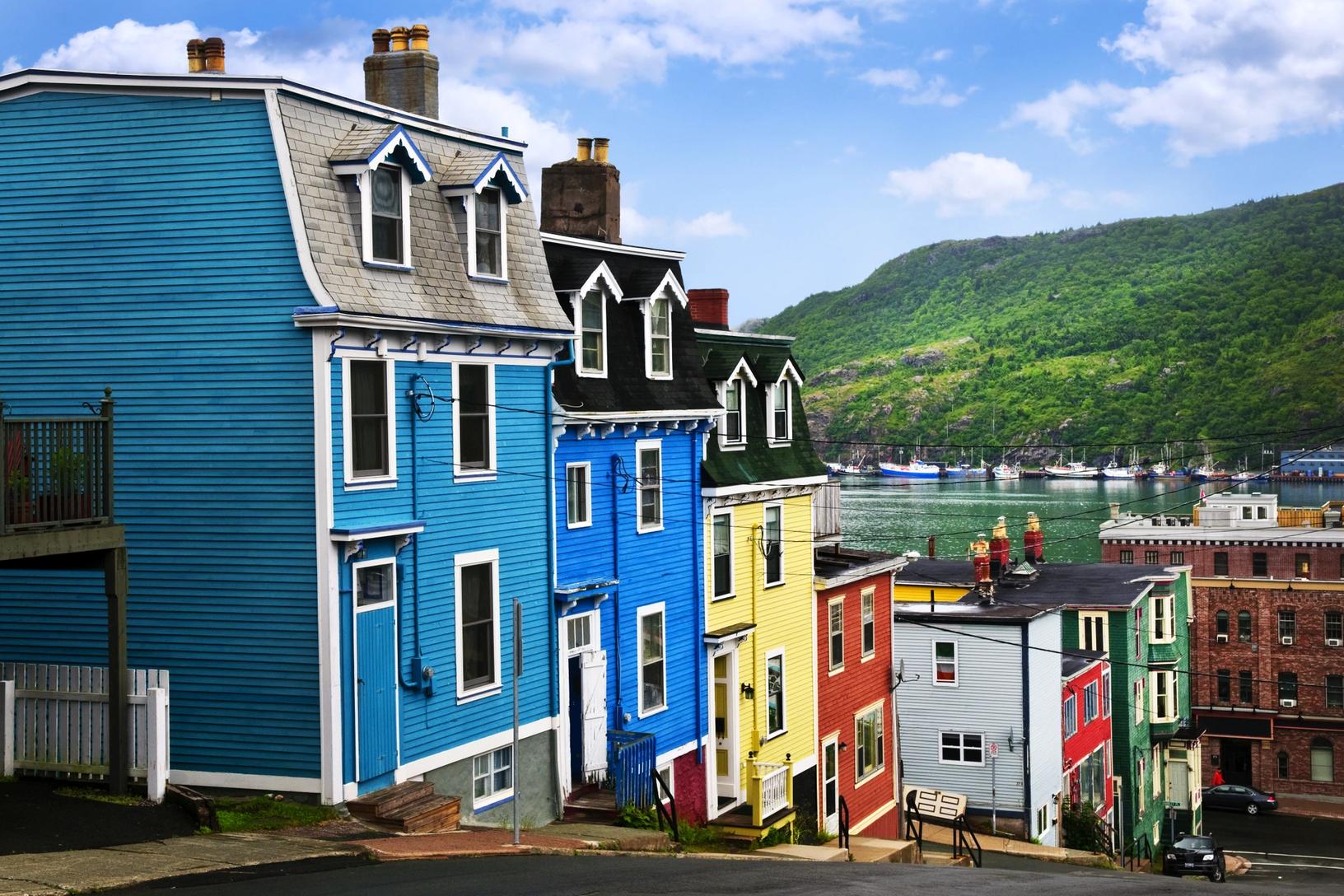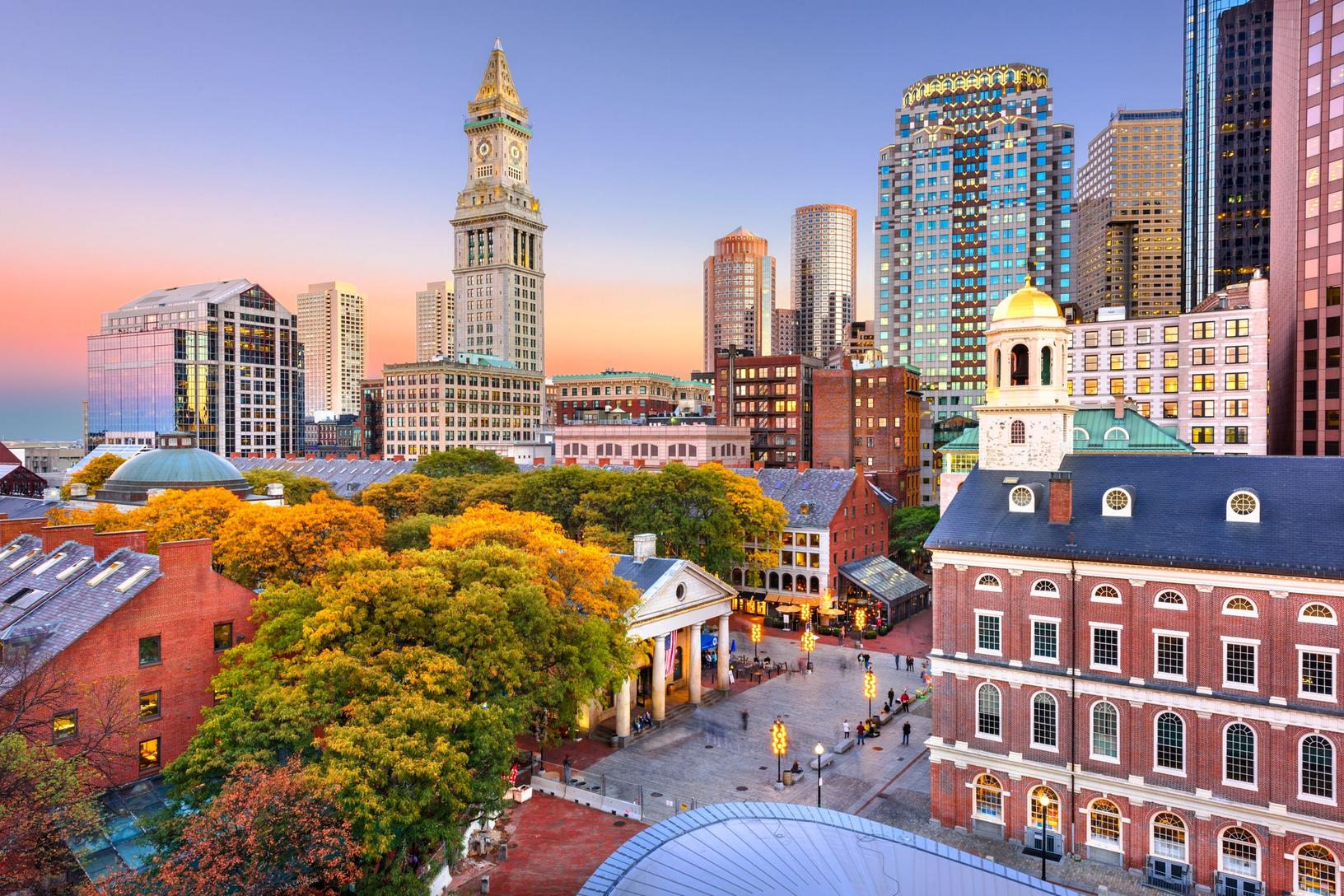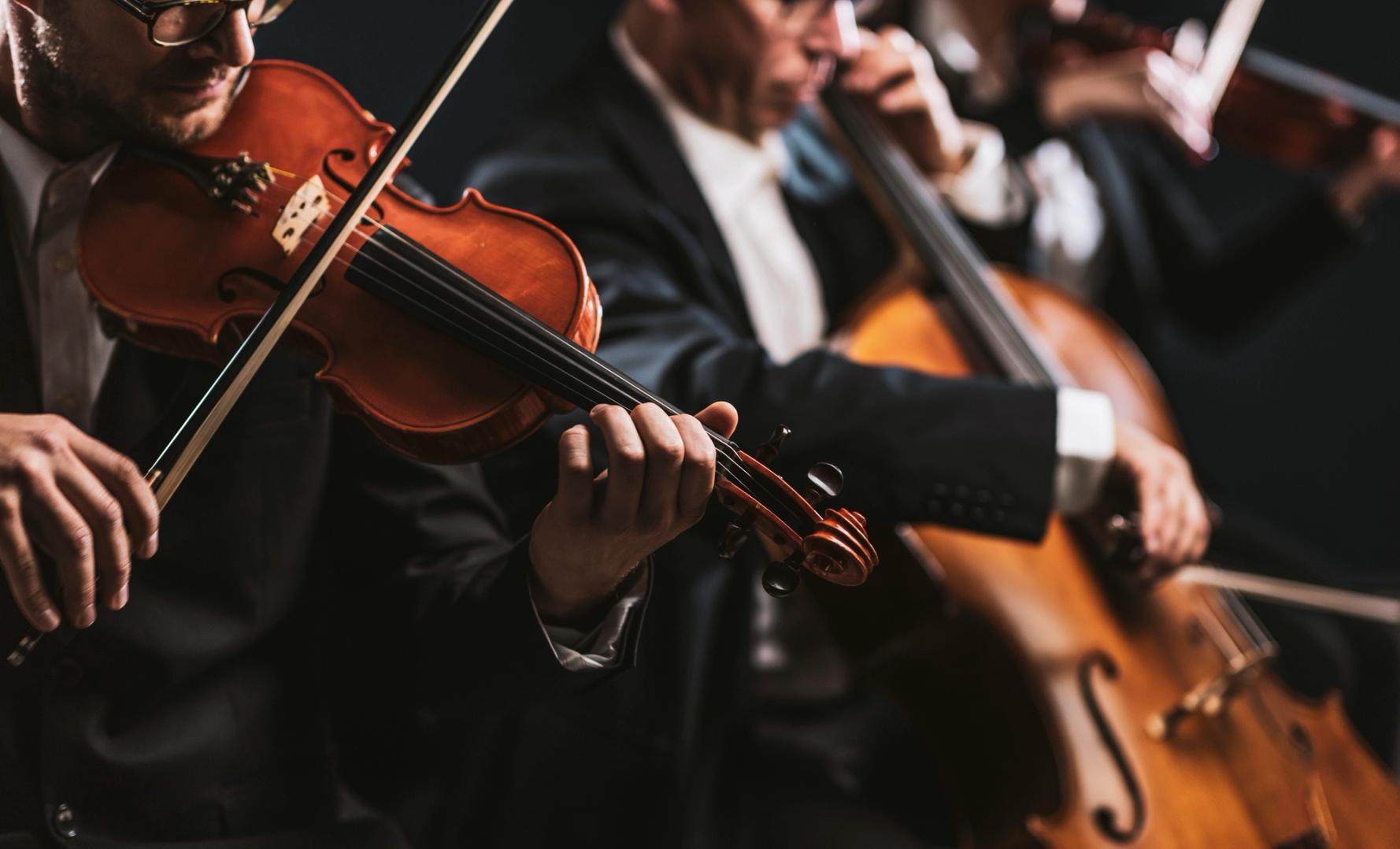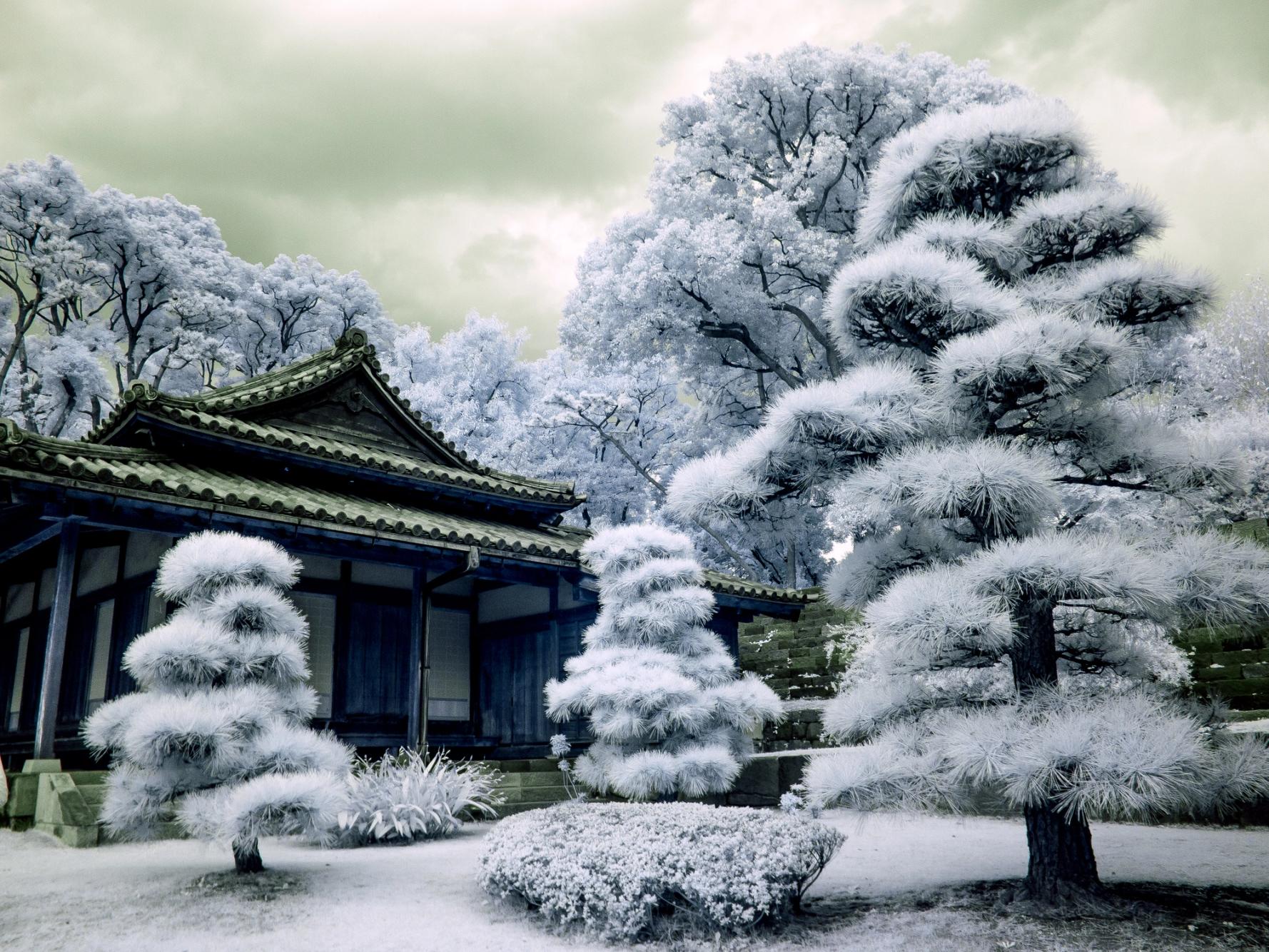
Friday, April 26, 2024 – Photo of the Day – Busan, South Korea

Where in the World Are We?
We are in Busan in Southeast Korea.

BUSAN, SOUTH KOREA
FROM BEACHES AND MOUNTAINS TO HISTORIC SITES, MUSEUMS, AND TEMPLES
A tapestry of kaleidoscopic colors, intense seafood flavors, and urban beach bliss, Busan rolls across a glorious
natural setting on the Korean Peninsula’s southeast. One of the largest and busiest ports in the world, 3.5 million
people call South Korea’s second city home, and the amiable locals help to lend the city its quirky, offbeat outlook.
A spacious, playful, and cosmopolitan place, Busan is a lively, liveable city cradled by lush mountains and endless
ocean scenery. Haedong Yonggung Temple nestles on a dramatic cliffside, just above the crumbling rocks and
crashing waves of the East Sea. Dating back to 1376, the temple’s multi-story pagoda is adorned with lions – each
representing a different emotion.
Elsewhere, lanterns glitter in the night sky around Mount Geumjeongsan, freshly released from the beautiful
Beomeosa Temple, which was established in AD 678. The hillside shantytown of Gamcheon Culture Village has
completed an improbable transformation, blossoming from a sea of makeshift homes for Korean war refugees into a
colorful explosion of creativity and curiosity.
Local artists have been let loose to create interactive installations, and the entire area is now an expansive canvas for
expression. Lose yourself among this unique area’s vibrant alleyways of flamingo-pink, lemon-yellow, and baby-blue painted facades. Sample bibimbap, fiery-hot beef, and rice from street food vendors before relaxing on one of South
Korea’s best beaches – Haeundae’s banana bend of sand.
Metallic skyscrapers offer an unusual backdrop to this pristine expanse of golden powder. Elaborate sandcastles and sculptures mirror them during the annual sand festival – spontaneous water fights and firework displays also
occur. Gwangalli Beach is another urban option, laying out spectacular views of the reaching Gwangan Bridge –
the country’s second-largest bridge. At night, 16,000 bulbs bathe this engineering marvel in color.
GAMCHEON CULTURE VILLAGE
Refugees settled in Gamcheon Village during the Korean War and cultivated the mountainous region to make a living. In 2009, students, artists, and residents decorated the village as a part of the Village Art Project, and the town has grown into a leading tourist attraction in Busan. Due to its houses being built in staircase fashion on the foothills of a coastal mountain, it received the nickname “Machu Picchu of Busan.” Many alleys are vibrantly decorated with murals and sculptures created by the residents.
SIGHTS
- Haedong Yonggungsa Temple
- Gukje Market
- BIFF Square
- Diamond Tower (Busan Tower)
- Haeundae Beach
- Songdo Bay Station
Today’s Excursion – Introduction to Busan
During this scenic and informative half-day introductory excursion, we discovered Busan’s history, culture, and local life.
UN Memorial Cemetery
The UN Memorial Cemetery honors UN soldiers from 16 countries, and UN aids from five countries who were killed in battle during the Korean War from 1950 to 1953. It is also the only memorial cemetery in the world dedicated to UN soldiers. This serene park covers an expansive, grassy plain area featuring halls, memorials, monuments, and ponds.












Busan Museum
Opened in 1978, the Busan Museum plays a leading role in preserving Busan’s historical and cultural heritage. It offers seven regular exhibition rooms spread over three floors, displaying thousands of artifacts collected from the Busan and Gyeongnam areas and the Kiln and Outdoor Exhibition halls. The Outdoor Exhibition Hall is home to precious pagodas, Buddhist statues, and monuments. A new exhibition hall displays many relics from the Prehistoric Age to modern times.
During the Korean War, Busan was one of only two cities in South Korea not captured by the North Korean army. As a result, the city became refugee campsites for 500,000 Koreans during the war.





























The Jagalchi Fish Market is a bustling, harbor-side market that stretches into the downtown area and offers fresh seafood, including mountains of fresh seafood and shellfish on ice. Sea air and resonant voices of the market folk combine to create an unforgettable experience.



























Gukje International Market
Our final stop was at the Gukje Market. Merchants formed Busan’s largest and most central market area, which had descended from refugees from the Korean War. The alleyways are divided into six market districts offering various goods, including silk, linen, clothing, bags, glasses, and curtains.










Sandy went on her one excursion with other ship ladies to Haedong Yonggung Temple. It nestles on a dramatic cliffside, just above the crumbling rocks and crashing waves of the East Sea. Dating back to 1376, the temple’s multi-story pagoda is adorned with lions – each representing a different emotion.






















Tonight’s dinner was in The Restaurant.

Korean Beef Tartare Seasoned with Ginger · Sesame Seed and Oil · Scallions · Garlic Soy Sauce · Fish Sauce and Chillies · served with Bean Sprout Salad and Garlic Bread

Onion Confit · Quail Egg · Potatoes · Green Beans · Olive Tapenade · Seared Saku Tuna


Spicy Chicken · Cabbage and Potato Soup Flavoured with Ginger · Chilli Paste Fish Sauce and Soy Sauce

Vegetable Bouquetiere · Steakhouse Fries · Béarnaise or Veal Jus

Vegetable Bouquetiere · Steakhouse Fries · Béarnaise or Veal Jus

TONIGHT’S LOCAL SHOW – KOREAN TRADITIONAL SHOW
Music has always been with us throughout Korea’s 5,000-year history. The spirit of traditional music and the artistic expressions of Korea’s emotions are very much alive in the various music and dances. The performance team that has been involved in these arts for over ten years will present today the six best-performing arts of Korea: Taepyeongmu, Fan dance, Fusion Contemporary Gugak strings, Janggu Dance, and Sangmo Dance.
These outstanding artists feature in the music and dances of the royal palaces and the folk music that has been part of ordinary people’s daily lives. Enjoy an evening of color, movement, and beautifully blended music in these traditional Korean performances.



After the show, we went outside and took these pictures of a bridge with lights.


Check out today’s Chronicle.
